A company has released a new way of uploading images, with certain restrictions enforced through JavaScript. Is it possible to index images using this system?
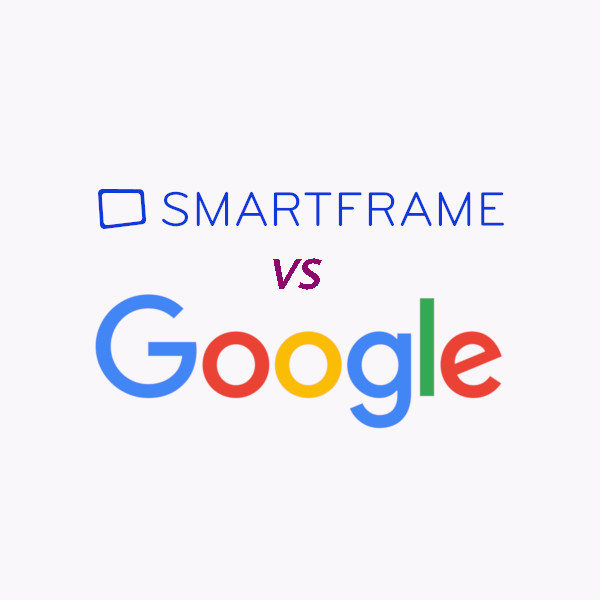
The "Image Streaming" from SmartFrame is not useful for SEO. And it makes sense.
This has been confirmed by John Mu on Bluesky:
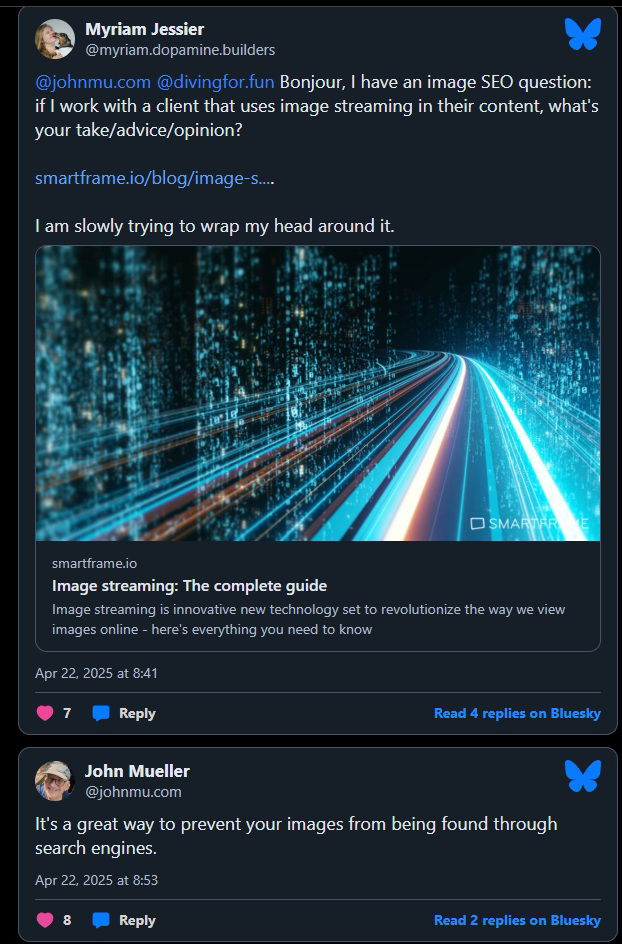
I will explain why, but first, it makes sense to understand exactly what it is, along with its advantages and disadvantages.
"Image streaming" is a different way of displaying images online, at least in the case referred to in the article, created by SmartFrame — meaning it is not a standard.
Instead of uploading files like JPEG or PNG, they are inserted through code, similar to how videos from secure platforms like YouTube or Netflix are embedded.
Basically, this allows you to upload images that maintain very high quality even when zoomed in, apply anti-theft protection, insert adverts, and obtain analytics on the image and user interactions.
This, among other things, helps to reduce the number of unauthorised or illegitimate downloads.
For this article, I tried to create a SmartFrame account, but it does not allow account creation (even if you are willing to pay) without first booking a DEMO, and I am not interested in wasting time in meetings.
According to this article from SmartFrame, I should not be able to copy this image:
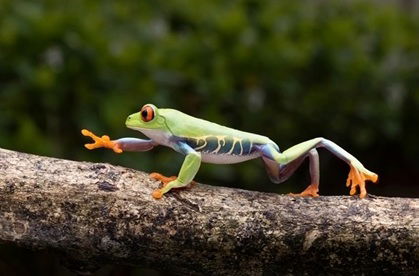
And although it does introduce certain obstacles to capturing the image, tools like OBS still make it fairly easy to record the screen and copy it. However, it does limit the ease of illegitimate copying.
Additionally, it offers interactive features like high-resolution zoom and full-screen view, enhancing the user experience. It also provides detailed statistics about how and where images are viewed, something valuable for those who create such content.
Moreover, it allows for image monetisation through contextual advertising, generating income each time the image is viewed.
However, the reality behind what has gone viral on LinkedIn is that it simply involves extra JavaScript steps to make images more efficient for zooming and to add anti-copy protection — and, of course, it comes at a price. Nevertheless, I understand it has its uses and its audience.
Security often comes at the expense of convenience. If you prevent anyone from copying your images, you also prevent Google from copying and crawling them, meaning that if your goal is to have your images rank on Google, it will not be very effective.
Beyond John Mu's categorical statements:
It's a great way to prevent your images from being found through search engines.
— John Mueller (@johnmu.com) 22 April 2025, 8:53
It is interesting to understand technically why this is the case.
First, let us review how Google renders it.
For this, I will refer to an article from the company itself, which features one of its well-known images in the "viewport", namely this article: https://smartframe.io/spotlight-smartframes-full-screen-viewing-mode/
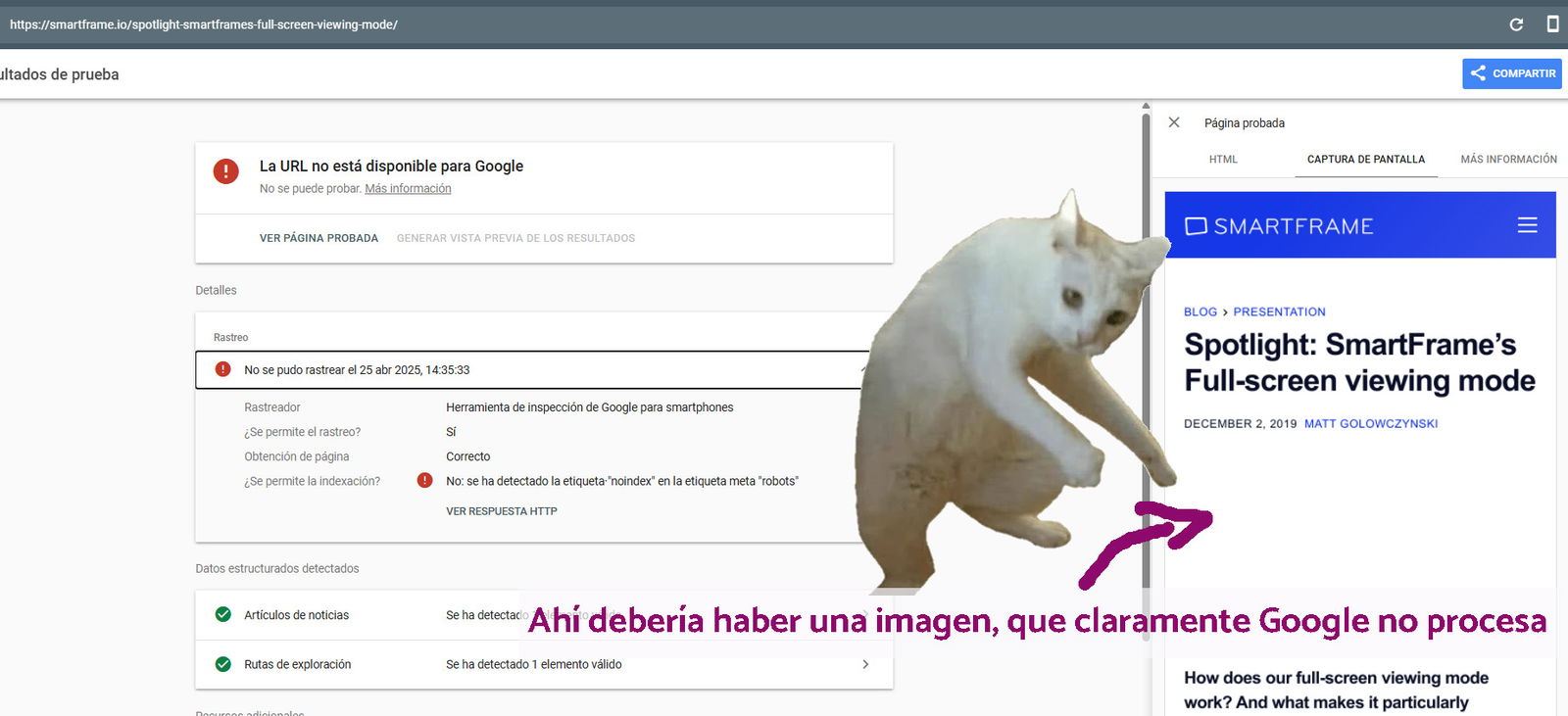
And this is logical because, objectively, after rendering, what is being shown is not strictly an image:
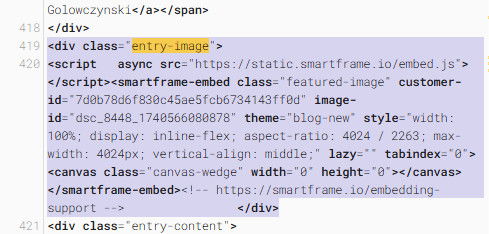
This is what Google says in its documentation regarding supported/accepted formats:
Google Search supports images referenced in the src attribute of img in the following file formats: BMP, GIF, JPEG, PNG, WebP, SVG, and AVIF. It’s also a good idea to have the extension of your filename match the file type.
You can also inline images as Data URIs. Data URIs provide a way to include a file, such as an image, inline by setting the src attribute of an img element as a Base64-encoded string — Google documentation
In this case, SmartFrame does not comply with any of the announced standards and thus would not fall within the recognised image formats.
Google Images works differently from conventional Google Search. In fact, if we block an image via robots.txt, we prevent its indexing, unlike what happens with a web page.
Examples showing that robots.txt does not work for de-indexing pages:
This happens because even if Google does not crawl or see the page, it can still display it to users, although with the warning:
No information is available for this page.Find out why
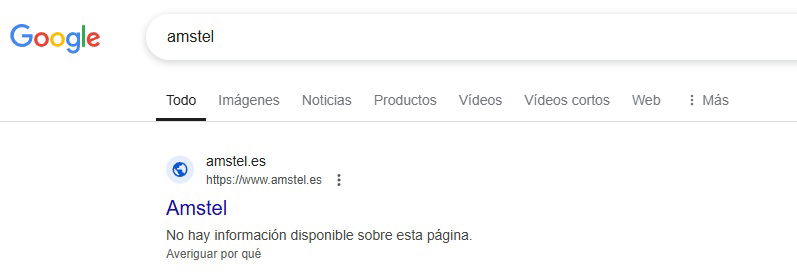
However, in Google Images, the images are displayed to the user before they even access the site. It is another matter whether one can modify the behaviour to not show the full-quality image until the user accesses the page — i.e., limiting the quality of images in Google Images — but that is another topic.
Does this mean that it is impossible to index these images?
If that were the case, it would be a strong reason to dismiss the tool altogether, even for a renowned photographer.
However, I am fond of nuance, and with programming knowledge and technical SEO expertise, almost anything is possible. So yes, despite what John Mu says, there is an efficient way to index SmartFrame images without losing functionality (whether you manage to register without booking a meeting is another question).
The trick is to create a Load on Click functionality — meaning that the SmartFrame implementation does not load until the user interacts.
Thus, we could overlay the actual image, with a watermark, and when the user clicks, make our image disappear and the SmartFrame embedded image appear.
This way, the user enjoys all the functionalities such as high-resolution zooming and a good experience, while the page manager can still rank "the image" in Google.
The idea would be to automate it to avoid increasing management workload.
@johnmu.com @divingfor.fun Bonjour, I have an image SEO question: if I work with a client that uses image streaming in their content, what's your take/advice/opinion?
smartframe.io/blog/image-s....
I am slowly trying to wrap my head around it.
— Myriam Jessier (@myriam.dopamine.builders) 22 April 2025, 8:41
It's a great way to prevent your images from being found through search engines.
— John Mueller (@johnmu.com) 22 April 2025, 8:53
I believe that having to contact them even to try or subscribe is a significant handicap. Additionally, a strong technical team is needed to use this software and attempt to optimise such images for SEO.
I really only see advantages for businesses that live off their images and do not want to depend solely on copyright. However, as they are opaque about pricing, I cannot say how worthwhile it may ultimately be.
I currently offer advanced SEO training in Spanish. Would you like me to create an English version? Let me know!
Tell me you're interested